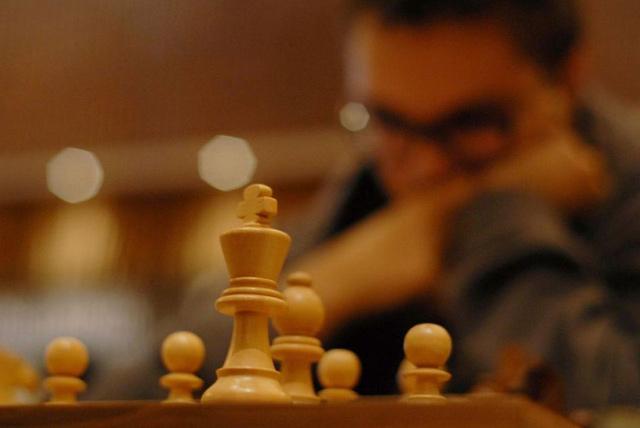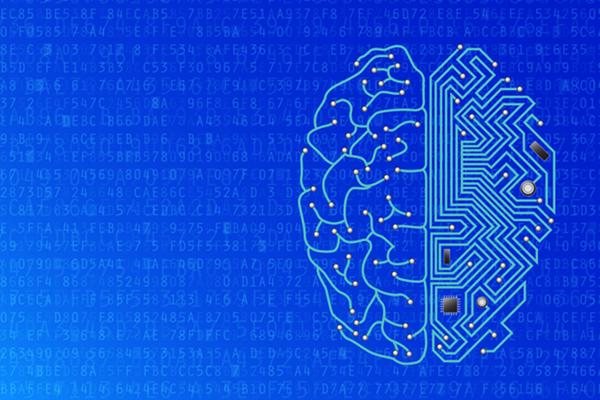You are here
With AI having beaten humans in board games, what’s next?
By Los Angeles Times (TNS) - Mar 16,2016 - Last updated at Mar 16,2016
LOS ANGELES — When a person’s intelligence is tested, there are exams. IQ tests, general knowledge quizzes, SATs.
When artificial intelligence is tested, there are games. Checkers, chess, Go.
But what happens when computer programmes beat humans at all of those games? This is the question AI experts must ask after a Google-developed programme called AlphaGo defeated a world champion Go player in four out of five matches in a series that concluded Tuesday.
Long a yardstick for advances in AI, the era of board game testing has come to an end, said Murray Campbell, an IBM research scientist who was part of the team that developed Deep Blue, the first computer programme to beat a world chess champion.
“Games are fun and they’re easy to measure,” said Campbell. “It’s clear who won and who lost, and you always have the human benchmark,” he said. “Can you do better than a human?”
For checkers, chess, and now Go, it seems the answer is now a resounding yes. Computer algorithms beat world champion-level human players in checkers and chess in the 1990s.
Go — an ancient board game developed in China that is more complex than chess — was seen as one of the last board game hurdles.
Board games, Campbell said, were perfect tests because they have clear rules and nothing is hidden from players. The real world is much messier and full of unknowns. What’s next, it seems, is for AI to get messy.
With AI having conquered what experts call “complete information” games — the kind in which players can see what their opponents are doing — Tuomas Sandholm, a professor at Carnegie Mellon University who studies artificial intelligence, said the next step is “incomplete information games” like poker.
“The game of two-player-limit Texas hold ‘em poker has almost been solved,” said Sandholm, who described “solving” a game as finding the optimal way of playing it. “In the larger game of two-player no-limit Texas hold ‘em poker, we’re right at the cusp of it. We currently have the world’s best computer programme, but we are still not better than the very best dozen or so humans.”
Games are typically chosen for the specific challenges that researchers want their AI to be able to overcome. With board games such as chess and Go, computer programmes are put through the ringer to see if they can learn from past matches and determine the best next move. With Texas hold ‘em, it’s about interpreting actions as signals, and figuring out the next best move without knowing what the opponent has in their hand.
All these things have real-world applications, Sandholm said. In complete information games, AI can help people search through large databases and do calculations and modelling. In incomplete information games, it can be used in situations where there are lots of unknown factors, such as negotiations, cybersecurity and auctions, and even in planning medical treatment.
Some robotic experts believe AI will one day get messier than that, taking algorithms out of controlled game environments and into the open world.
“That’s next,” said Thomas Johnson, founder of MotionFigures, a start-up that is bringing robotics and AI to toys. “The challenge will be putting AI algorithms into practice in open environments where the rules are not all given to it upfront, and adaptation is required to be successful.”
Johnson points to DARPA challenges — competitions run by the US Department of Defence — as an example of robots and AI being put to the test in the real world. Past DARPA challenges forced researchers to build robots that can walk up and down hills; many fell over or staggered like toddlers learning to walk.
“We take for granted things like balance and vision,” he said. “But for a robot, to walk up and down hills requires so many complicated decisions to be made in real time, and it’s really difficult to do.”
There’s still more that can be done in controlled environments, though.
Algorithms such as AlphaGo only know how to play Go. Oren Etzioni, executive director of the Allen Institute for Artificial Intelligence, believes the next step could be for AI to learn to play (and beat world champions) at any game. Or, as his institute is doing, putting AI through standardising testing. As in, the SATs. Or eighth grade science tests.
“The scientific part of it isn’t complicated,” Etzioni said.
After all, it’s not hard to get a computer programme to remember and regurgitate facts. What is hard is getting computers to apply their knowledge to everyday situations.
“The question in the test doesn’t require the computer to give a definition of gravity or recite an equation, but to describe a real world situation,” he said. “For example, ‘There’s a ball rolling down a hill.” This is the paradox: The hard part for the machine is easy for the human. The machine is struggling to figure out what does it mean when it says ‘the ball is rolling down the hill’?”
There are no shortages of benchmarks and tests that come after Go. And that doesn’t even get into benchmarks for different types of artificial intelligence, such as emotionally intelligent AI, speech recognising robots, or computers designed to understand language.
“It’s an exciting field to be in,” said Johnson. “I think it’s incredible and it makes me stop and think what the next 10, 20 years is gonna bring in AI.”
Related Articles
When robots first started playing football, it was a challenge for them just to see the ball. And to stay upright.
AMMAN — World Chess Day, which falls annually on July 20, this year brings together chess players, United Nations, government official
ALMADEN, California — IBM’s California research lab sits atop a green hill here, 24 kilometres south of downtown San Jose.There are not any

















